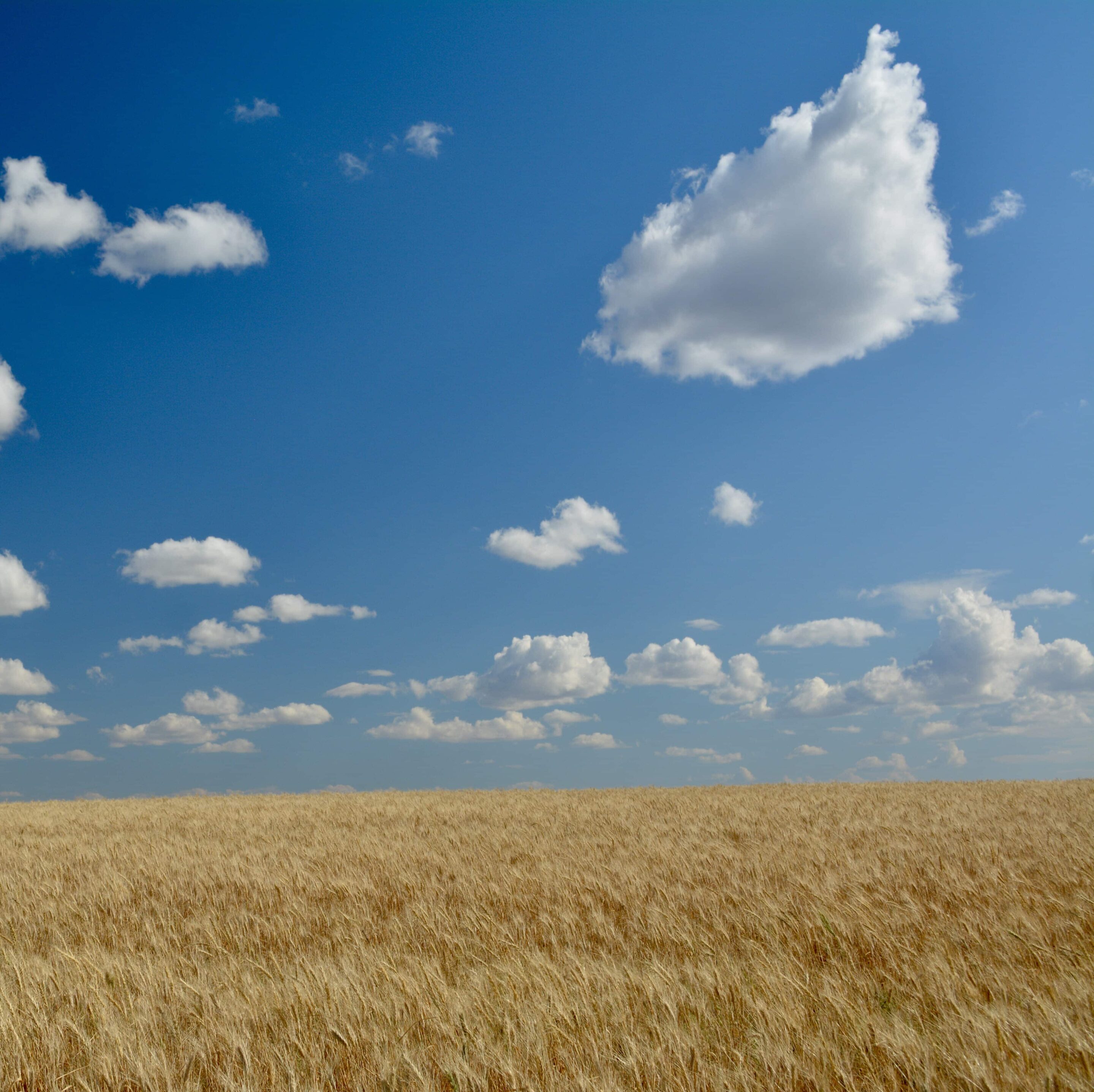“The farm, once the work of parents, grandparents, and great grandparents, and the dream of so many who came before, is itself like an old, immortal relative. . . It has, and it will endure beyond the time of its current steward or their successors,” opens Megan Torgerson on an episode of her narrative podcast, Reframing Rural, during which she deep dives into the succession of her family’s farm.
While returning home to her family’s wheat farm in Dagmar, located in far northeastern Montana, for her father’s final season before retirement, she asks, “what happens in the transitional space between the farm’s present caretaker and the next? Who will step in and nurture the land, come flood or come drought? What happens to my dad and our family’s identity when he’s not farming anymore?”
Questions like these are cropping up across the state as the average age of Montana’s farmers approaches 60. Agricultural land is changing ownership at an astronomical rate–some foreseen and planned for, and others at the whim of the market.
According to Elyse Caiazzo, a masters student studying methods of farm succession at the University of Montana, an important goal for many Montana farm and ranch families is transferring land and business to the next generation. The process is challenging because it includes a complex web of economic, legal, and familial decisions. However, if the transfer and succession processes never begin, serious problems can arise for both the younger and older generations.
Elyse wants families to understand that it’s never too early to start planning, that the process won’t be linear, and that everyone’s situation is unique. Her advice to farmers and ranchers approaching this process is to “carve out a little bit of time every year” to start working on a strategy. It’s not something that solidifies overnight, and it’s worth making the initial structure flexible so that the plan can “shift as life shifts.”
On the opposite side of Montana, a different farmland succession model is employed in Missoula that doesn’t involve inheritance or family relations for a handful of productive acres within city limits.
Corner Farm Village, a locally owned and operated company, aims to build farm resiliency and financial sustainability for the next generation of farmers through community participation and by transferring farmland to a community land trust. The land trust will permanently protect prime agricultural land, and Corner Farm Village will provide qualified farmers with long-term, affordable leases to keep agriculture accessible in the city.
This model is emerging to address what the National Young Farmers Coalition has found to be the number one challenge young farmers and ranchers face today: land access. Because the average value of an acre of land in Montana has increased by over 10% this decade, access to land has become a limiting factor for the next generation of farmers. A community land trust is well positioned to face this challenge by leasing, rather than selling, land on the open market to new farmers.
While placing land in a trust may be attractive to some farmers, there may be better choices for some. The Torgensons, back in Dagmar, spent years solidifying their goals and agreed they wanted to keep the land in production. Planning for this change has been an intentional, multi-year journey.
In her podcast, Megan’s father, Russ Togerson, shares,
“I’ve spent my whole life putting it together, and I don’t want to dwindle it away. I want to give whoever an opportunity to carry it forward if they would want to.”
While planning for the farm’s future has been emotional and complex, Megan and her two sisters want the farm’s legacy to continue. The Torgersons used a framework provided by the Montana State University Extension that guided them to develop a series of answers for how they wanted the land managed when the sisters became joint owners; they decided not to farm the land but made a long-term plan to lease the pastures and cropland to a cousin.
“I hope that at least being aware of the weight of this momentous change will incentivize me to keep the connection going into the future,” Megan says near the end of her episode. “And, for now, at least my family has a reason to get together and plan for something as precious as a farm.”
Interested in learning more about Farm Succession? Check out the resources below!
MSU Extension – Planning PDF
Rancher Stewarship Allaince – Events
Holistic Management – Planning Worksheet
Land for Good – Toolbox for Planning
One Montana – Keeping Working Lands in Working Hands
CFAC – Farm Link Montana
